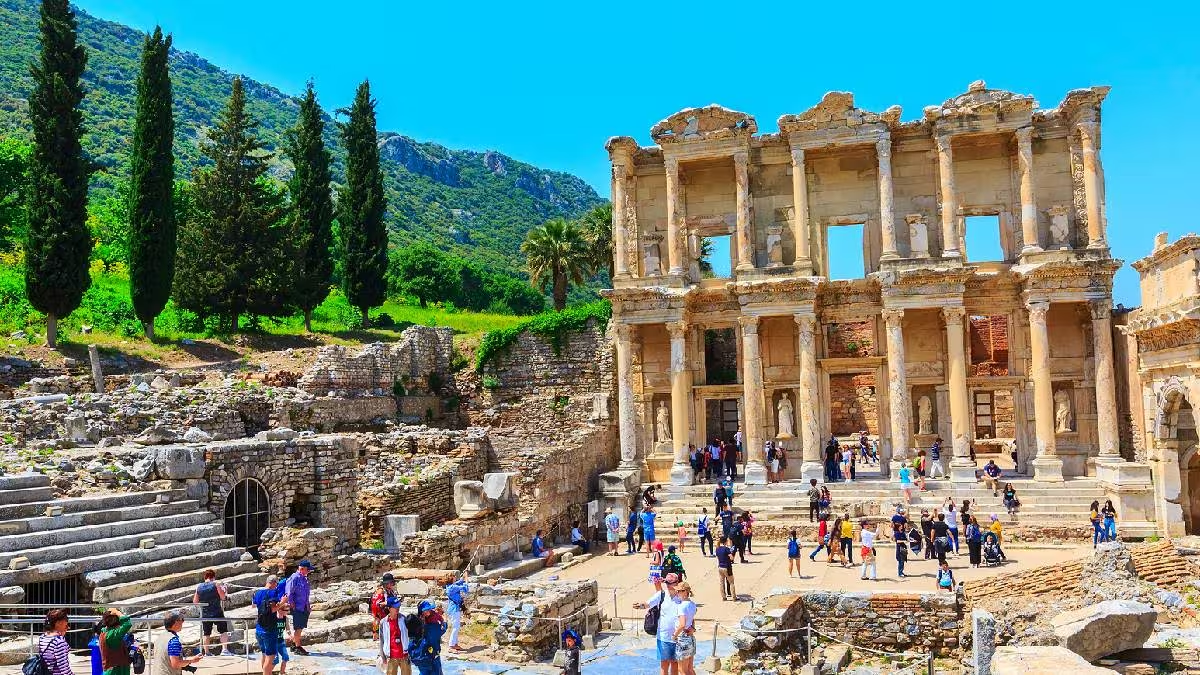Some of the most fascinating towns in the world are built on top of ancient ruins, which are not just found in history books. Traveling the world, we come across towns that have absorbed the ruins of long-gone civilizations, fusing the old with the contemporary. These cities are thriving examples of how human history has persevered and how we might improve upon the past. Come along on a tour through 13 amazing Modern Cities That Are Actually Built on Ancient Ruins, where the sounds of the past reverberate with every step you take.
Top 6Modern Cities That Are Actually Built on Ancient Ruins
1. Luxor, Egypt
Luxor is a modern Egyptian city located on the east bank of the Nile River. It currently has a population of over 500,000 people. During the 16th - 11th century B.C., the city was densely populated. Ancient Thebes was regarded as one of the most powerful cities of the time. Large temples, royal tombs, and the Valley of the Queens can all be found in this region of Egypt.
2. Tulum, Mexico
An ancient one flourished on the Mexican coast. The Tulum ruins are believed to have been built around 564 A.D. The Maya people, according to historians, created and occupied the city. After a few thousand years, Tulum is still home to an estimated 20,000 inhabitants. It also draws a lot of people all year because of its beautiful beaches and well-preserved medieval ruins.
3. Lima, Peru
The Inca is a South American civilization founded by the Quechua people around 1400 BC. Unfortunately, some Inca settlements were forgotten over time. However, excavations in the early 1950s uncovered a wooden pyramid called Huaca Huallamarca. Scientific researchers claim that this ancient structure was used by the Inca and Hulala people over 2,000 years ago. It is now one of the main tourist attractions in the San Isidro area.
4. Paris, France
Considered one of the most romantic places in the world, Paris is nicknamed "the city of light and love". However, many people have no idea that Paris was actually built on the remains of over six million people. The Paris Catacombs are a series of underground ossuaries built around 1786. Each year approximately 300,000 people make the mile-long journey through the Paris Catacombs.
5. Barcelona, Spain
Historians believe that the first settlers who made Barcelona their home date back to the 1st century. The city was founded by the Romans and the new city was called Barcino. Almost 2,000 years later, the city is still densely populated. Almost 5 million inhabitants call it home. One of the city's oldest ruins is a 3rd-century necropolis believed to contain 70 Roman graves.
6. Mexico City, Mexico
Hernán Cortés is responsible for rebuilding the Plaza del Zocalo, an Aztec ceremonial and political center that served as Mexico City's main square. Although Mexico City has modernized a lot since its founding, traces of the ancient Aztec civilization still remain. The Templo Mayor is one of the last remaining ruins of the pre-Columbian Aztec Empire.
Mexico City has a historic center that pays homage to the ancient city that once stood here.











